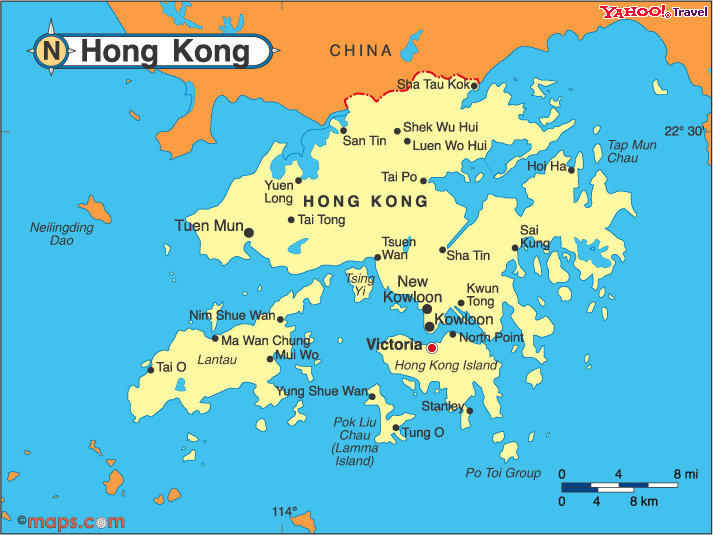If you've been tuning in recently, you'll know that I've been battling dry air in my apartment, and the dry skin that results. The other day, I was in the store inspecting the various lotions available, when I noticed that several of the bottles boasted that their contents included shea butter. When I got home, I learned that my mother had a pseudo-nut shell-shaped dish of pure shea butter, and she raved that it made her skin very soft. She said another store she'd been in had a veritable vat of this stuff, and you could dip your whole hand in and when you pulled it out, it would be coated with the soothing, wonderful shea butter.
But, I wondered, what the heck is shea butter?
- Shea butter is the oil, or "butter," that comes from the nuts of the Karite Nut trees. These trees grow in the semi-arid savannahs in West and Central Africa.


Shea nuts (photos from SAL Enterprises in Ghana)
- The nuts are fairly small and ovoid. After the nuts are picked, they are prized open and the pits or seeds are removed. The seeds weigh about 3 grams each. They are boiled, sun-dried, and then roasted. Once the pits are completely dried, they are then crushed, yielding a soft, yellowy or white pasty vegetable oil. (For a more complete description of the process, click here)
- This work done mostly by hand. It takes about 20 hours to produce 1 kg, or just over 2 pounds, of shea butter.
- You can buy a pound of shea butter from one distributor for $5.69.
- Each year, 100,000 tons of shea butter are exported from Africa. Many people, especially women, provide the labor behind this vast amount of shea butter. In turn, that shea butter represents the means by which they make their living.

It takes 20 to 30 hours of labor to produce one kilogram of shea butter.
These women live in Togo.
(Photo from VIVO Natural Products)
These women live in Togo.
(Photo from VIVO Natural Products)
- The Karite trees take 40 to 50 years to mature and can live for 300 years. They cannot be cultivated and only grow wild. The trees are so essential to the people and ecosystem of the area that in most parts of West Africa, their destruction is prohibited.

Even though the land around them has been cultivated for farming, these shea trees remain untouched. (Photo from The Shea Project)
- Women of West Africa have known about shea butter for centuries, but it is only recently that people in other countries are learning of its many uses.
- What makes shea butter so useful is the fact that it has a lot of fatty acids that are essential in moisturizing the skin. I know that phrase "fatty acids" sounds very unappealing, but apparently, they are essential to maintaining the elasticity of our skin. Some folks say these acids even promote cell regeneration, though that sounds a bit fountain-of-youth-ish to me.
- Specifically, shea butter has a lot of stearic and oleic acids. If you look at the contents of most lotions or shampoos, you'll probably see one or both of those listed.
- An additional benefit of shea butter is that it is non-toxic and is not known to produce any allergic reactions. So it can be safely added to most any cosmetic product. And it seems that these days, it is.
- When people talk about shea butter, they get very excited. They say it is beneficial for dozens of applications including
- lotion for dry skin, and also to treat
- burns
- stretch marks
- ulcerated skin
- eczema
- dermatitis
- other skin conditions
- scar and wrinkle remover
- sunscreen and sun allergy prevention
- lip balm
- treatment for rheumatism and aching muscles
- ointment applied topically as a decongestant
- soaps
- cooking products including
- cooking fats
- margarines
- substitute for cacao butter
Sources
Care2, Shea Butter - What It Is, What It Does for Our Skin
About.com, Beauty, What is Shea Butter and why should I care?
Liberty Natural Products, Shea Butter (Karite)
Pioneer Thinking, Shea Butter: The Beauty Secret of Africa
University of Purdue, School of Horticulture, New Crops, Shea Butter
For a really good, in-depth article on shea tree products, see Masters, Yidana, and Lovett's "Reinforcing sound management through trade: shea tree products in Africa," published at the UN's Food and Agriculture Organization Corporate Document Repository

































